The commonly used laser principles of foot 3D scanners are mainly three types.
The first is the laser triangulation method.
It projects a laser line or grid onto the foot through a laser emitter, and a camera receives the reflected light to form a triangle, then calculates the height coordinates of each point using trigonometric functions.
This method is highly precise and can capture the subtle curves of the instep and arch, making it suitable for medical and custom shoe industries.
The second is the structured light projection method.
The projector projects specific stripes or grid patterns onto the foot, and the camera captures the deformation of the patterns. By calculating the deformation of the grid, the three-dimensional shape can be inferred.
This method is fast, can capture the entire three-dimensional data of the foot at once, and is safe for humans, with no radiation.
The third is the laser time-of-flight method, also called the TOF method.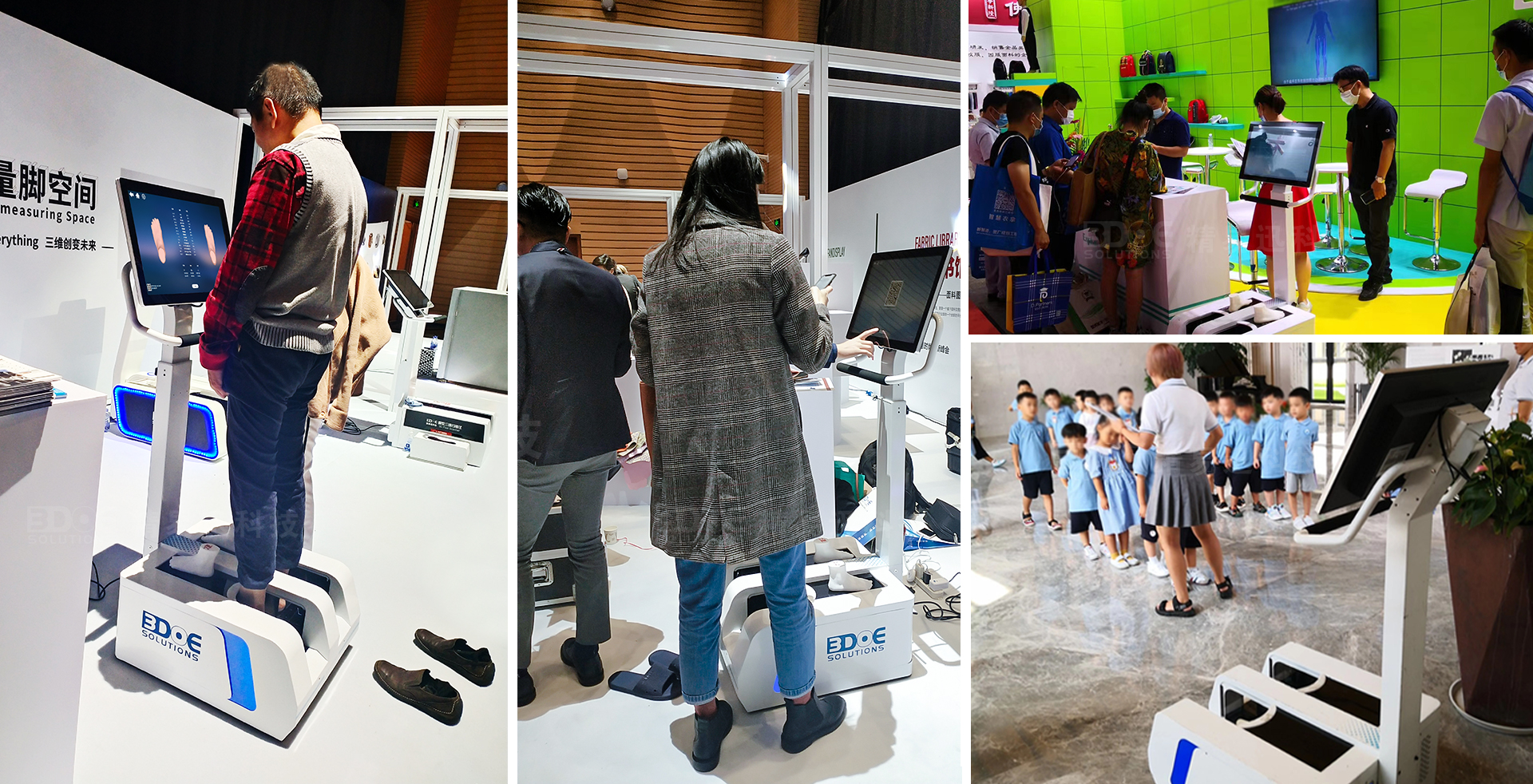
A laser pulse is emitted onto the foot surface and reflected back, and the distance is calculated by measuring the flight time of the light. It is suitable for large-scale scanning but its accuracy is slightly lower than the triangulation method, and it is mostly used for gait or motion analysis.
The advantages of laser scanning are that it is non-contact, avoiding deformation caused by pressing the foot; it is highly precise, capable of accurately measuring the instep, arch, and sole; and it is fast, suitable for batch data collection.
In contrast, the foot impression method obtains the shape of the foot sole through physical molds or impressions, such as using plaster, foam, or silicone.
This method directly captures the plantar shape, can obtain physical imprints of the arch and heel, is low cost, simple to operate, and does not require electronic devices.
However, foot impressions also have limitations.
Stepping on the mold can cause deformation, affecting accuracy; after collection, further processing and digitization are needed, which is slow; results may not be fully consistent each time, with poor repeatability; and it can only capture the plantar shape, unable to accurately measure the instep, ankle, or overall three-dimensional contour.
If high precision, full-foot 3D data, and rapid digital modeling are required, a laser 3D scanner is more suitable. If only making plantar insoles or orthotic molds and cost is a concern, the foot impression method is still feasible.

 +86-0755-86131192
+86-0755-86131192 2025-09-23
2025-09-23 Back to list
Back to list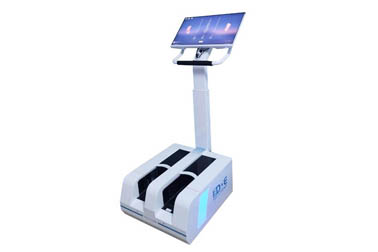
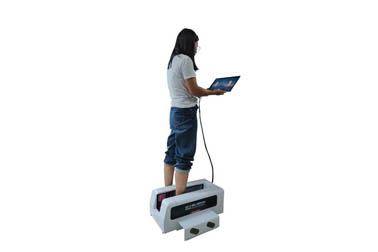
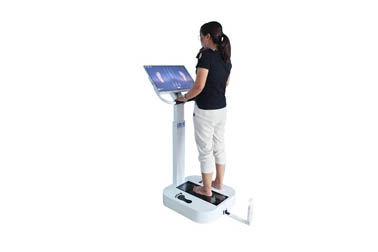
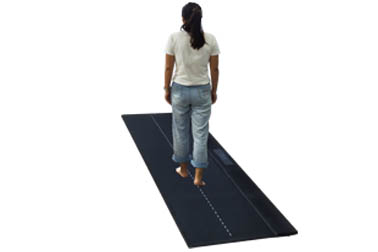
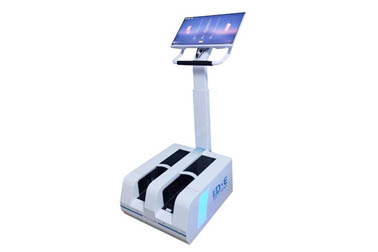
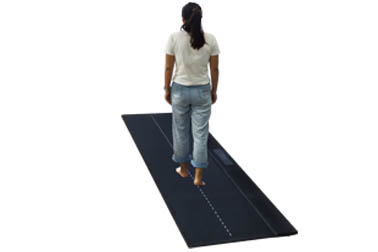



 +86-0755-86131192
+86-0755-86131192